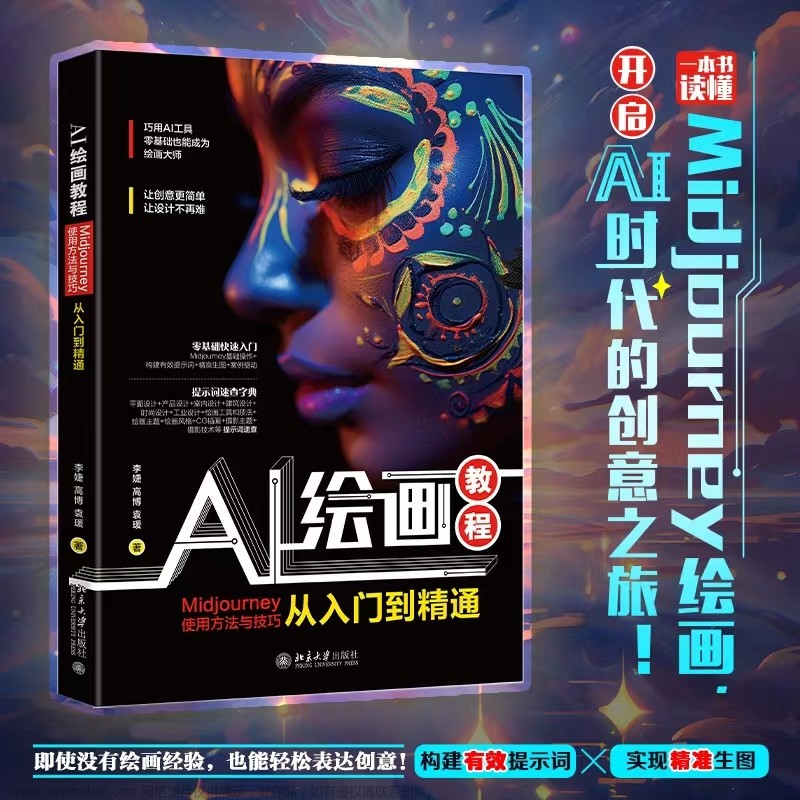引言
在当今数字化时代,移动应用程序(APP)成为人们生活中不可或缺的一部分。而一个成功的APP界面布局是吸引用户、提升用户体验的关键因素之一。本文将带您深入探索APP界面布局的艺术与技巧,从入门到精通,让您能够轻松创建出精美且功能强大的APP界面。
1. 了解基础知识
在开始设计APP界面之前,我们需要了解一些基础知识。这包括学习和理解用户界面设计原则、常见布局模式以及不同设备的屏幕尺寸和分辨率。只有具备这些知识,我们才能更好地满足用户需求。
2. 使用合适的布局模式
选择合适的布局模式是设计一个成功的APP界面的关键。常见的布局模式包括线性布局、相对布局、网格布局等。本节将详细介绍每种布局模式的特点和使用场景,并给出相应的代码示例。
2.1 线性布局(LinearLayout)
线性布局是最常见的布局模式之一,能够按照水平或垂直方向排列子视图。我们将学习如何使用权重(weight)属性来实现灵活的布局,并解决在不同屏幕尺寸上的适配问题。
<LinearLayout
android:layout_width="match_parent"
android:layout_height="wrap_content"
android:orientation="vertical">
<TextView
android:layout_width="wrap_content"
android:layout_height="wrap_content"
android:text="Hello, World!" />
<Button
android:layout_width="wrap_content"
android:layout_height="wrap_content"
android:text="Click Me" />
</LinearLayout>
2.2 相对布局(RelativeLayout)
相对布局是一种灵活且强大的布局模式,能够根据子视图之间的相对关系来排列布局。我们将学习如何使用相对布局的各种属性和规则,以及如何通过代码动态修改布局。
<RelativeLayout
android:layout_width="match_parent"
android:layout_height="match_parent">
<TextView
android:id="@+id/textView"
android:layout_width="wrap_content"
android:layout_height="wrap_content"
android:text="Hello, World!"
android:layout_centerInParent="true" />
<Button
android:layout_width="wrap_content"
android:layout_height="wrap_content"
android:text="Click Me"
android:layout_below="@id/textView"
android:layout_centerHorizontal="true" />
</RelativeLayout>
2.3 网格布局(GridLayout)
网格布局是一种将子视图按照网格状排列的布局模式。我们将学习如何使用网格布局的行列数、权重和边距属性,以及如何在代码中动态添加和移除子视图。
<GridLayout
android:layout_width="match_parent"
android:layout_height="wrap_content"
android:columnCount="2">
<TextView
android:layout_width="0dp"
android:layout_height="wrap_content"
android:layout_columnWeight="1"
android:text="Hello" />
<TextView
android:layout_width="0dp"
android:layout_height="wrap_content"
android:layout_columnWeight="1"
android:text="World" />
<TextView
android:layout_width="0dp"
android:layout_height="wrap_content"
android:layout_columnWeight="1"
android:text="Foo" />
<TextView
android:layout_width="0dp"
android:layout_height="wrap_content"
android:layout_columnWeight="1"
android:text="Bar" />
</GridLayout>
3. 优化用户体验
除了基本的布局技巧外,我们还需要关注用户体验的细节。本节将介绍一些优化用户体验的技巧,例如使用合适的颜色和字体、添加动画效果、提供易于操作的交互元素等。
结论
通过本文的学习,您应该对APP界面布局有了更深入的了解。记住,良好的APP界面布局不仅仅是美观,更关乎用户体验和功能性。希望本文对您在设计和开发APP界面时有所帮助!文章来源:https://www.toymoban.com/news/detail-643798.html
以上就是关于APP界面布局的技术博客,希望您能从中受益,并能够创造出令人惊艳的APP界面作品。文章来源地址https://www.toymoban.com/news/detail-643798.html
到了这里,关于探索APP界面布局的艺术与技巧:从入门到精通的文章就介绍完了。如果您还想了解更多内容,请在右上角搜索TOY模板网以前的文章或继续浏览下面的相关文章,希望大家以后多多支持TOY模板网!














